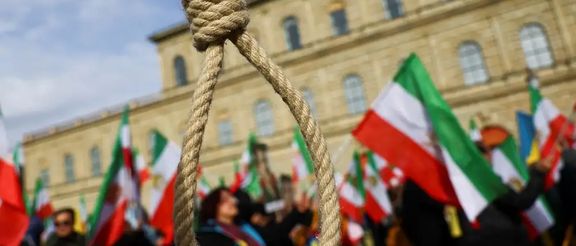Iran Ramps Up Executions, Averaging One Every Five Hours

Over the course of two weeks, from April 16 to April 30, the Iranian government executed 63 individuals, averaging one execution every five hours, continuing a trend that began last year.

Over the course of two weeks, from April 16 to April 30, the Iranian government executed 63 individuals, averaging one execution every five hours, continuing a trend that began last year.
The data presented by the Iran Human Rights Organization (IHRNGO), headquartered in Norway, highlights a broader pattern of capital punishment in Iran.
Since the beginning of 2024, 171 people have been executed across various prisons in the country.
Mahmood Amiry-Moghaddam, the director of IHRNGO, criticized the international community's silence on the issue, stating, "In the last two weeks, the Islamic Republic has executed one person every five hours without any political cost. States that adhere to human rights and have diplomatic relations with Iran must react to the wave of executions in Iran. Silence paves the way for more executions."
The organization's latest figures indicate that at least 71 people were executed in 24 different Iranian prisons during April alone, with 63 of the executions occurring in the latter half of the month. Out of these, 44 were executed for drug-related offenses, 26 faced 'qisas' (retribution-in-kind) for murder, and one for rape.
The surge in executions follows the onset of the Woman, Life, Freedom protests in 2022, after which the Iranian government has significantly increased the pace of carrying out death penalties. In 2023 alone, the country saw at least 834 executions.
An April press release from 82 Iranian and international human rights organizations pointed out that over half of the executions in 2023 involved individuals arrested on drug-related charges. The statement emphasized the low cost of the drug-related executions to the government, signaling a potentially punitive approach towards non-violent offenses.